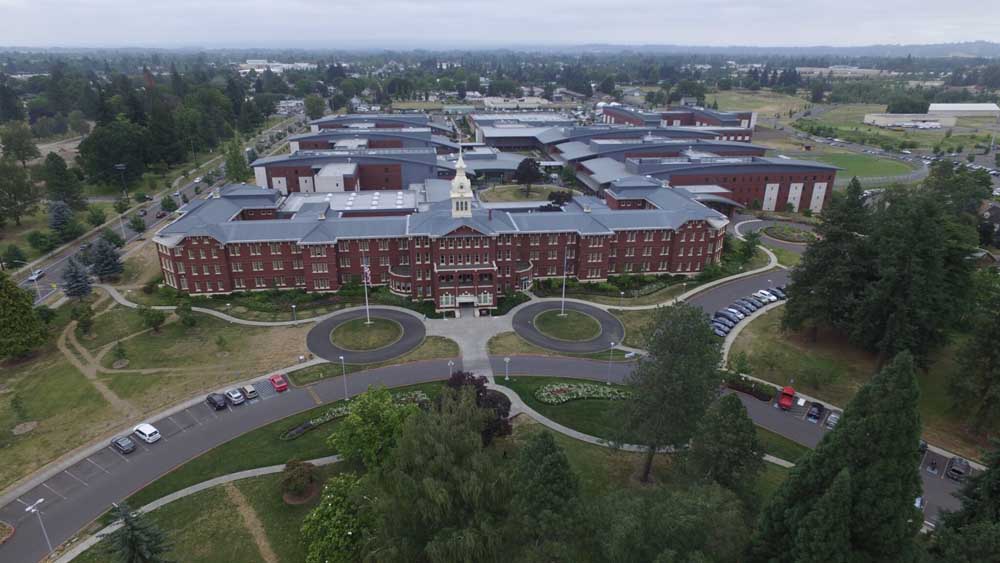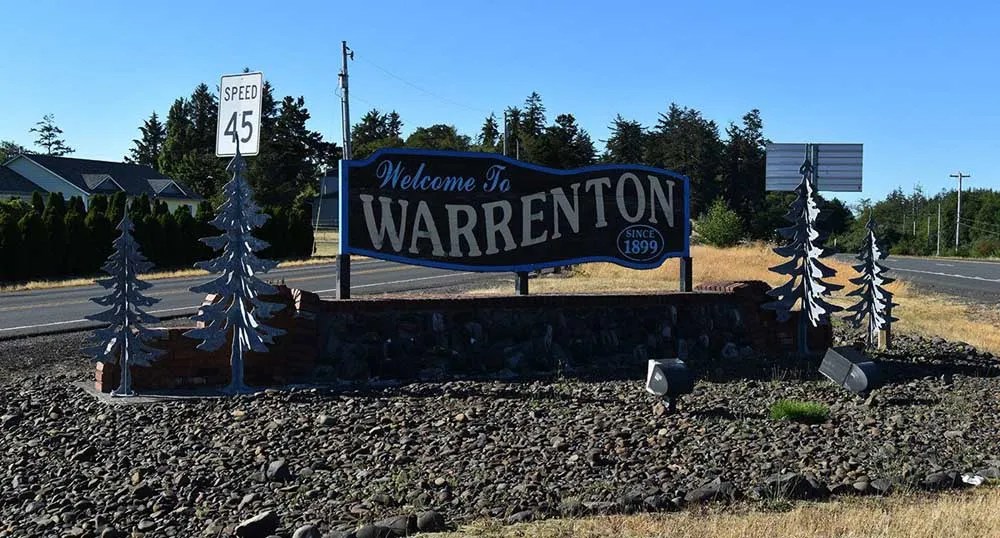Lawmakers plan more resources for beleaguered behavioral health system
Published 9:38 pm Friday, February 10, 2023

- Lawmakers plan to put more money into housing and programs that can help people before they need treatment at the Oregon State Hospital.
Oregon’s behavioral health system faces a crushing demand for services, with a logjam at every intersection of the system.
Trending
Thousands of people need treatment but there are too few facilities, and those that exist have trouble hiring staff and finding them housing. The Oregon State Hospital, the state-run psychiatric facility, is full yet under a court order to move people through treatment quickly as suspects languish in jail, waiting for treatment so they can go to court.
Other patients end up boarding at hospitals because they can’t get into residential care facilities that are equipped to treat them.
“There’s many, many people who need those services,” said Heather Jefferis, executive director of the Oregon Council for Behavioral Health, a nonprofit trade group. “Some of them are in the criminal justice system. Many of them are not. Because everything is full.”
Trending
More than 50,000 Oregonians receive mental health and addiction treatment through local programs and clinics that serve low-income people in different ways, such as outpatient care, counseling and help with housing. About 600 people on any given day are in Oregon State Hospital. Oregon lacks the ability to house hundreds more, whether in residential facilities with intense treatment or in supportive housing situations that allow people to live more independently.
Even when the state provides money for new facilities, providers sometimes are reluctant to apply because they struggle to attract and retain people to work in the field, which is notorious for its low pay and high stress.
The net result is that Oregon is failing to help people with mental health issues. National reports, including from Mental Health America, a nonprofit advocacy group for mental health, consistently rank Oregon as having either the highest or one of the highest rates of people with mental health and addiction problems.
In her budget, Gov. Tina Kotek proposed spending $40 million to operate and expand mental health residential services and attract workers by offering $60 million in loans, scholarships and tuition for licensed behavioral health providers and students. The proposal is part of a strategy to bolster mental health and addiction services for youth, inmates and low-income residents on Medicaid, which covers 1.4 million people in Oregon.
In its entirety, Kotek’s budget proposal calls for more than $300 million throughout the behavioral health system.
This session, lawmakers hope to approve funding to staff community mental health programs, which are often run by counties. They also plan to allocate money for more residential behavioral health facilities, which treat people who need more than outpatient care.
But just how much is uncertain at this point, said state Rep. Rob Nosse, D-Portland and chair of the House Committee on Behavioral Health and Health Care.
Time needed
In 2021, state lawmakers allocated a historic $1.3 billion for residential facilities, incentives to draw people to the field and for new programs. That money represented an opportunity to turn things around in Oregon.
Most of the money has been committed or distributed. But it will take time for the thousands of Oregonians who need help to feel the impact, behavioral health advocates and leaders across Oregon said in interviews with the Oregon Capital Chronicle.
Facilities need to be funded, planned and built, and professionals need to be trained.
“You can’t flip the script overnight,” said Mary Rumbaugh, behavioral health division director for Clackamas County. “For decades, we’ve been an underfunded system, and it’s just going to take a long time to get us to a funding level that’s really sustainable.”
The system is complex, with multiple interconnected parts. The Oregon State Hospital largely treats suspects who need to participate in their defense. When they’re discharged, they often need outpatient mental health services and help with food and housing.
Counties run community mental health programs — or they contract the work to nonprofit providers. The mental health clinics provide counseling and treat people who are referred by concerned family members or the court system and patients exiting the state hospital who need ongoing care. Their services are open to everyone, regardless of their ability to pay, but they primarily serve low-income residents. They also help with housing or in finding a residential treatment facility, if they have space.
There are different types of treatment options outside of the Oregon State Hospital. Some residential facilities keep patients with severe mental illness who might be violent locked inside. Others are open. Counties run outpatient clinics and the state has supportive housing programs, with staff available to help people.
Peer services offer people the chance to get help from people in recovery who have experienced behavioral health challenges themselves.
Despite the various types of services, it’s not enough. The state has a history of underfunding the sector, and providers have long struggled to find workers willing to enter the field — something that worsened during the pandemic. Trained staff, like nurses, can earn more in a private hospital or clinic. Job openings, especially in rural areas, are often unfilled for months.
Housing needs
Oregon desperately needs more behavioral health residential homes and housing.
In 2021, the Legislature appropriated $130 million toward new residential services. Applications poured in, asking for $172.8 million for projects — nearly $43 million more than the available funding.
In 2022, lawmakers appropriated $100 million to community mental health programs for housing and residential services, including short-term shelter, land purchases or building new facilities.
Yet today, a year later, the state still lacks housing for more than a thousand people with behavioral health needs. Getting them treated and housed will take time, officials said.
“A lot of these are brand new projects where they have to buy real estate and break ground and so some of these are a couple years off,” said Jesse Benet, the health authority’s adult behavioral programs director, in a recent presentation to the legislative budget subcommittee on human services.
For example, Clackamas County officials plan to explore purchasing a 110-room hotel to convert into supportive housing, said Rumbaugh, the county’s behavioral health division director.
She declined to identify the hotel. But she said the property, if purchased, could serve different populations, such as patients exiting the state hospital and homeless people. The county’s share of the funding — $4.7 million — could potentially go toward this project.
Officials say the goal is to enable people to move through the system, getting the care they need. For example, when a patient is discharged from the state hospital, they need a place to stay so they don’t live on the streets.
Prevention is also key. When communities have resources to care for people, they can prevent them from getting arrested and needing treatment at the state hospital.
“It’s building a system that people can move through as they heal and they recover so that people don’t get stuck,” said Amy Baker, executive director of Clatsop Behavioral Healthcare, Clatsop County’s mental health and substance abuse treatment provider.
Without housing, people get stuck. They are more likely to struggle to access health care, medicine and food. They are more likely to fall into addiction or enter the criminal justice system if their condition worsens without treatment.
“I’ve never seen anybody flourish or improve when they’re living on the streets,” Baker said. “In fact, they usually look like hell, not too long into it. You’ll find that in community mental health programs all around the state, we’re all trying to figure out how to develop housing as quickly as we can because the rest of the systems aren’t going to do it for us.”
In Clatsop County, Baker’s agency plans to seek a state grant to provide a 33-unit housing project for people with daily needs so they can live independently, with staff to help and offer reminders about medication, for example. The goal of the project is to create a sense of community and belonging for people, Baker said.
“You want to keep people in their housing as much as you possibly can because once they get evicted, it’s sort of a downward spiral from there,” she said.









